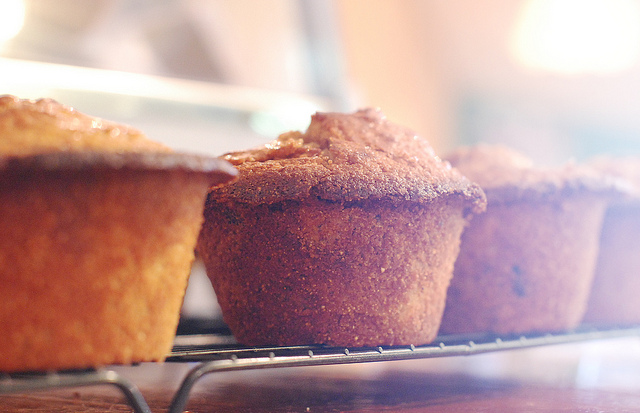“Gluten-free.” It’s a label that can be seen everywhere nowadays, including restaurant menus, grocery store shelves and even at the Sam’s Place dinning hall. But what does “gluten-free” really mean?
For starters, gluten is the name given to the mixture of proteins found in wheat, rye and barley. These proteins act as a binder and hold foods together, giving them their shape and texture.
Gluten can be found in a multitude of nutritionally dense foods — mostly whole grain products — that have healthy attributes like fiber and B vitamins. However, for the 1 percent of Americans suffering from celiac disease, consuming gluten can have serious consequences.
Celiac disease is an immune reaction to eating gluten. Over time, the immune response to eating gluten causes damage to the small intestine’s lining and prevents the absorption of some nutrients. When those with celiac consume gluten, they are faced with severe pain in the abdomen and joints, gastro-intestinal distress, fatigue and possibly even anemia.
Avoiding gluten is necessary for these individuals. It is not a weight-loss strategy or a healthy choice — it’s a mandatory one. And while the gluten-free craze has provided more food options for those with celiac disease, it has also become one of the biggest fad diets of this decade.
If you do not have celiac disease, avoiding gluten may be a poor diet choice. While gluten itself does not have any special benefits, many of the products containing this protein do. Whole grain products are rich in vitamins and minerals, including B vitamins, iron, calcium, zinc and fiber.
In the context of a healthy diet, these products have been shown to lower the risk of heart disease, Type 2 diabetes and some cancers.
In addition to being more expensive than their gluten-containing counterparts, gluten-free replacements — like bread and snack foods — oftentimes contain increased saturated fat and overall calorie content, meaning if you eat a “gluten-free” dessert, this choice is not necessarily the more nutritious one.
The moral of the story is, if you think you have celiac disease, see a doctor. It can be difficult to self-diagnose and is best tested under guidance of a healthcare professional. If you do not react to gluten, there is no reason to avoid it. Making a healthy lifestyle change does not involve alienating any one food group, but learning to incorporate a variety of foods into your diet in a healthy and balanced way.



